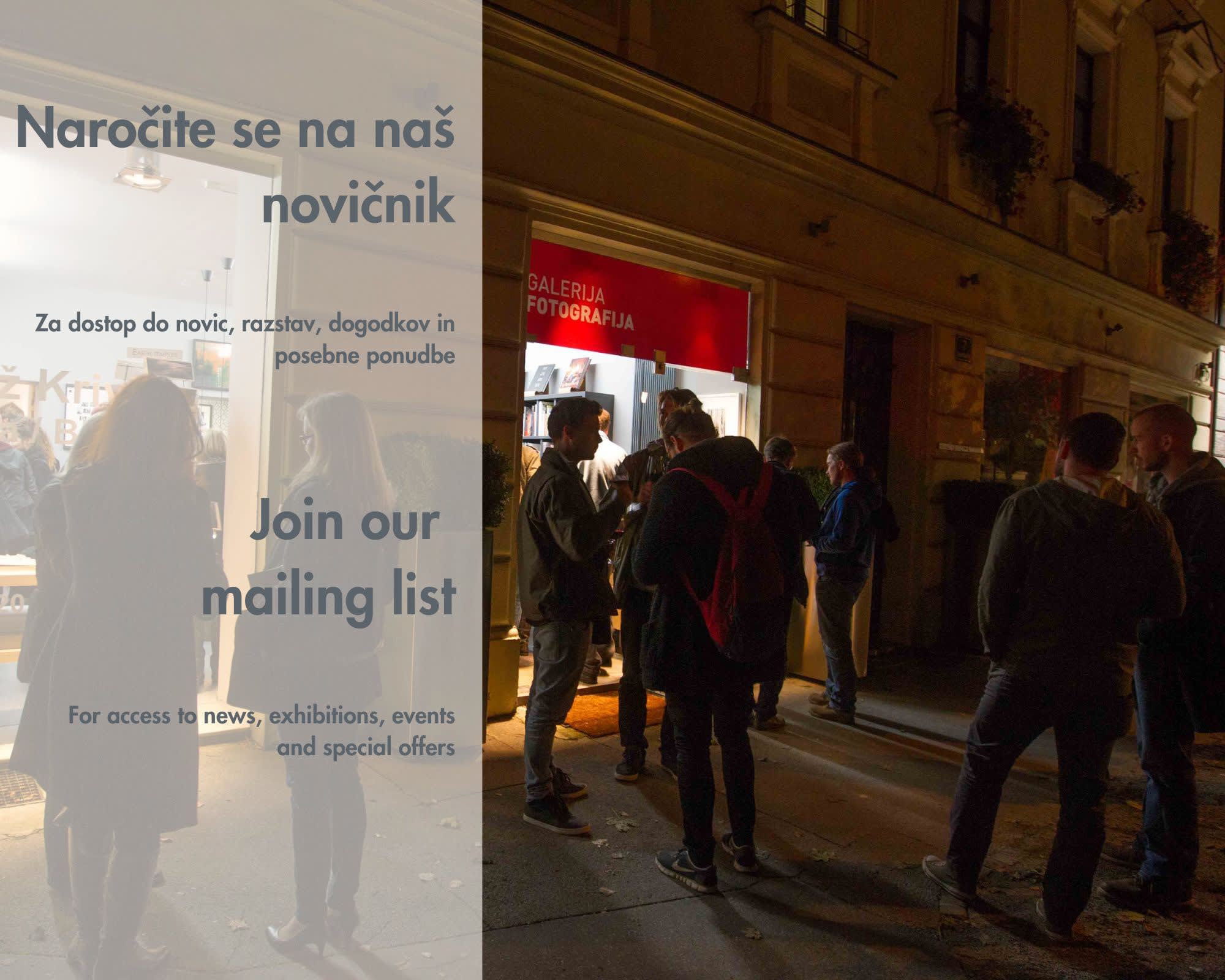Bojan Brecelj: Water Dragon of Venice
Past exhibition

Bojan Brecelj’s photography project, Water dragon of Venice, reveals the elementary levels of the Venetian lagoon, as the author saw them in 2013 and all through 2015, when he was travelling between discovered and undiscovered ends of the lagoon by boat. Brecelj’s Venetian dragon is primarily a water dragon, the energy and conscience of water, which connects with and reflects off of other elementary levels. The exhibition consists of two parts; Bojan Brecelj’s exhibition of the photographic take on the energy levels of Venice, and drawings by Marko Pogačnik, which portray the sound of Palladio’s San Giorgio Maggiore, and other Venetian drawings in the Italian institute for culture in Slovenia.
Bojan Brecelj’s book Water dragon of Venice will be released at the exhibition (limited publication).
——–
Venice, the Mistress of the Water
Venice does not resemble a harmonious entirety or a careful balance of the earth, trees, grass,
lights and water, which is typical for cities around the world. The gardens are mysterious,
impenetrable, hidden behind walls. The earth is so discreet, so inconspicuous that it leaves the main role to the mirrors of water and skies, facing and listening to each other in a dialogue, chattering as if they are alone in the world. (F. Braudel)
Why and how are cities born? If we think of the thousands of years of the human communities’ need to conquer and change territories depending on their own necessities of life, the answer to the first part of the question is fast and simple. As for the second part of the question, one needs to resort to the infinite typology of urban forms. Having been the preferred trade and migrant route at least until the beginning of the modern age, water had been defining the image of cities to a far greater extent than we think. A small river islet, Ile de la Cite, is the very heart of Paris – a cliff on the River Seine, hiding the threefold mystery of its birth: the dock for the goods, the first Royal Palace and the Cathedral. The Tiber shaped the hills of Rome, but was trapped by construction work in the 20th century due to its unreliable and rebellious nature, and thus isolated from its own being and shaped into a figure of the invisible father. And haw about London without its harbour on the Thames, would it still have been the undisputable leader of the modern age?
Venice is a child of a strange yet inseparable marriage between the stone and the water. Built by the hard work and immagination of the Venetians, it lays in a harmonious blend of a quiet embrace of the Lagoon and the turbulent surges of the rivers that have shaped it and are threatening to fill the river mouth with sand. They are reaching out to the expanses of the Adriatic, as far as the influence of the Serenissima once did. A unique place, where a city with no centre in the form of fish, so elusive and surreal that we can only surrender ourselves to the guidance of the backbone – the inverted S of the Grand Canal. We do not want to join a large crowd of people who wrote or simply dreamt about it. Following Braudel’s quote at the introduction, it nevertheless seems appropriate to point out that the image of Venice by Bojan Brecelj lead us to the hybrid dimension, engraved both in the stone and in people’s minds. Maybe it is nothing more than another attempt to solve the mystery of the Lagoon, this time by way of the Water Dragon, which can be the source of life and inspiration on an almost hypnotical journey back. It is a journey for the artists, as we cannot make it by ourselves. Be that as it may, only by looking from thousands of different, yet unknown angle will the known world finally be able to reveal the unknown, which accompanies us and is calling us. And it is in this spirit that the Italian Cultural Institute in Ljubljana, together with Galerija Fotografija, organizes and promotes this exhibition.
Angelo Izzo
Italian Cultural Institute in Slovenia
GALLERY & BOOKSHOP
Trubarjeva cesta 72 (Center Rog, entrance from Petkovškovo nabrežje)
1000 Ljubljana
Slovenia
WORKING HOURS
Monday to Friday: 10.00–19.00
Saturday: 10.00–14.00
We use cookies to enable a pleasant user experience on this webpage. Please indicate whether you agree to the use of our cookies.

* denotes required fields
We will process the personal data you have supplied to communicate with you in accordance with our Privacy Policy. You can unsubscribe or change your preferences at any time by clicking the link in our emails.